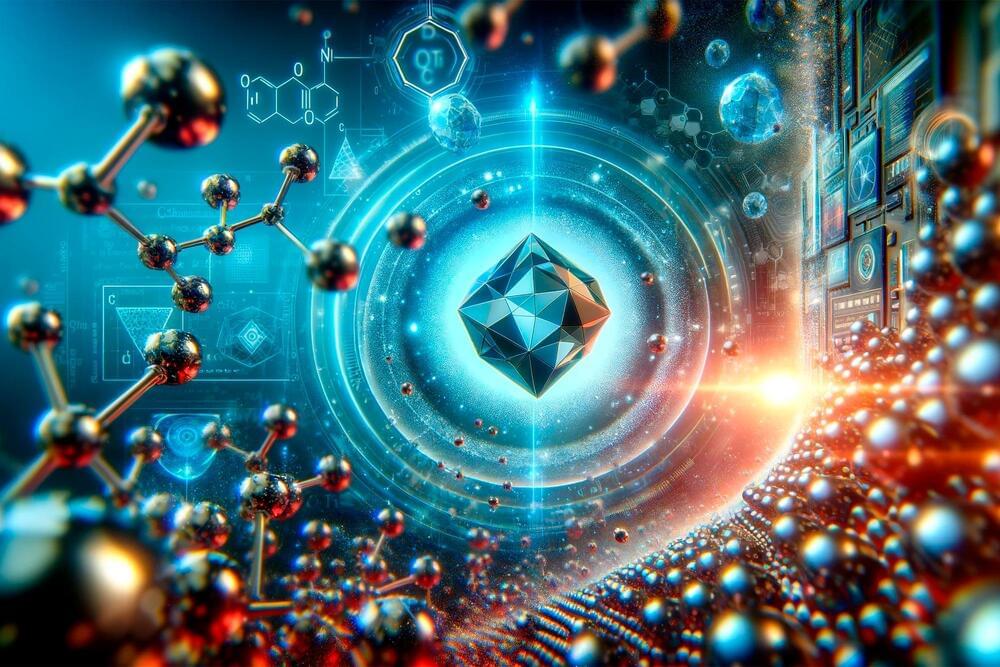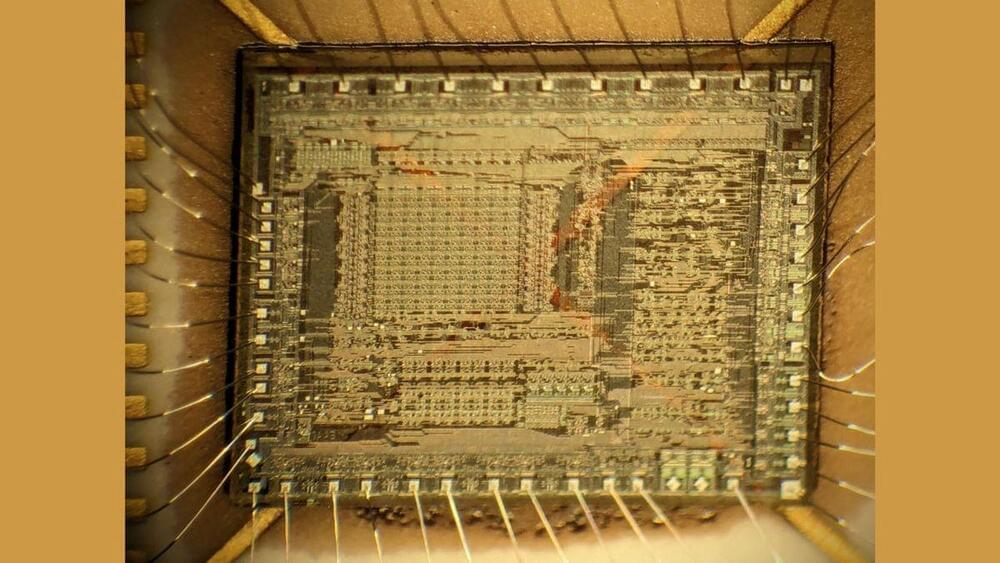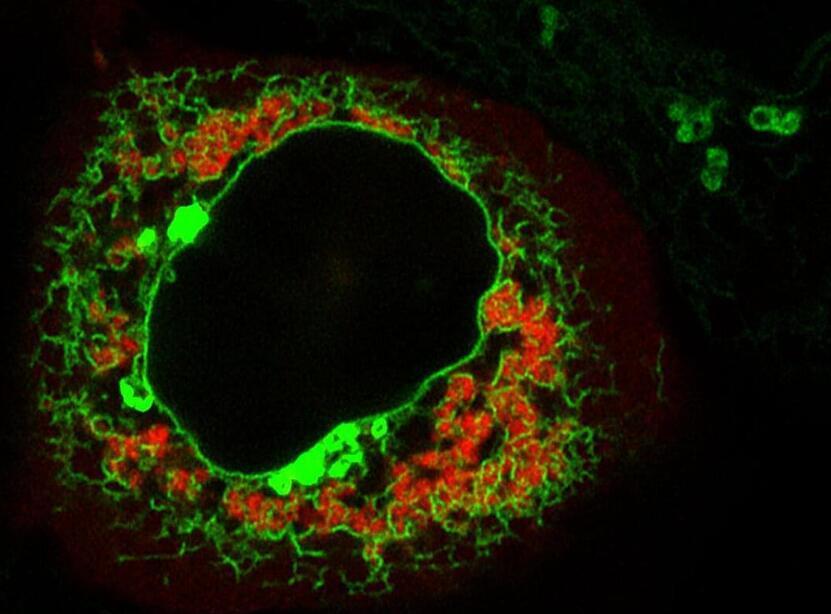Today’s infrared lasers are only powerful enough to disable aerial targets, but scientists now have the keys to building high-powered laser weaponry that can ‘melt’ distant targets.


Elon Musk and “conscious AI.” Please visit https://brilliant.org/digitalengine — a great place to learn about AI and STEM subjects. You can get started for free and the first 200 people will get 20% off a premium annual subscription.
Thanks to Brilliant for sponsoring this video.
I used GPT-3 and a Synthesia avatar. All answers are by GPT-3 (except the brief joke at the end).
For a deeper drive, I’d recommend the book Life 3.0, by MIT Professor Max Tegmark.
Sources.

Scientists have discovered a new class of materials, carbon nitrides, which could rival diamonds in hardness. This discovery, the result of international collaboration and decades of research, opens up possibilities for various industrial applications due to their durability and other properties like photoluminescence and high energy density. Funded by international grants and published in Advanced Materials, this breakthrough marks a significant advancement in material science.
Scientists have solved a decades-long puzzle and unveiled a near unbreakable substance that could rival diamond, as the hardest material on earth, a study says.
Researchers found that when carbon and nitrogen precursors were subjected to extreme heat and pressure, the resulting materials – known as carbon nitrides – were tougher than cubic boron nitride, the second hardest material after diamond.

Shirriff’s blog goes into a deep dive with a look inside the HP PHI chip, its construction, and die. He even examines its logic gates, first-in-first-out buffers (FIFOs), and address decoder. Please check out the blog for all these finer details and more.
In conclusion, the computer historian echoes our initial thoughts that this silicon-on-sapphire IC is “interesting as an example of a ‘technology of the future’ that didn’t quite pan out.”
Shirriff also contrasts late 70s era processors built on silicon-on-sapphire vs regular silicon in terms of energy consumption and clock speeds. Would you be surprised to hear that silicon-on-sapphire ICs were far superior using these metrics? Things might have panned out differently if these transparent ICs had been mass-produced at better yields and lower manufacturing costs. A frightening statistic highlighted by Shirriff is that HP’s silicon-on-sapphire yields were a mere 9%.
The world works at different levels — fundamental physics, physics, chemistry, biology, psychology, sociology — with each level having its own rules and regularities. Here’s the deep question: Ultimately, can what happens at a higher level be explained entirely in terms of what happens at a lower level? If the answer is ‘No’, if complete explanatory reduction fails, then what else could be going on?\
\
Free access to Closer to Truth’s library of 5,000 videos: http://bit.ly/376lkKN\
\
Watch more interviews on strong emergence: https://bit.ly/3vZsgq4\
\
George Francis Rayner Ellis is the Emeritus Distinguished Professor of Complex Systems in the Department of Mathematics and Applied Mathematics at the University of Cape Town in South Africa.\
\
Register for free at CTT.com for subscriber-only exclusives: http://bit.ly/2GXmFsP\
\
Closer to Truth presents the world’s greatest thinkers exploring humanity’s deepest questions. Discover fundamental issues of existence. Engage new and diverse ways of thinking. Appreciate intense debates. Share your own opinions. Seek your own answers.
For more videos and information from Philip Clayton click here http://bit.ly/1CCgAsDFor more videos on how emergence can explain reality click here http://bit.ly/1CCgAsDFor

New findings published in Molecular Cell provide details about the hidden organization of the cytoplasm—the soup of liquid, organelles, proteins, and other molecules inside a cell. The research shows it makes a big difference where in that cellular broth, messenger RNA (mRNA) gets translated into proteins.
“You know the old real estate saying, ‘location, location, location.’ It turns out it applies to how proteins get made inside of cells, too,” says Dr. Mayr, a molecular and cell biologist at the Sloan Kettering Institute, a hub for basic and translational research within MSK. “If it’s translated over here, you get twice as much protein as if it’s translated over there.”
This first-of-its-kind study highlights the degree to which the cytoplasm is “beautifully organized” rather than being just a big jumble of stuff, she says.

This week at Starbase Booster 10 joins Ship 28 at the launch site to begin its testing on the orbital launch mount, Ship 28 performs a static fire test, and SpaceX shows off its holiday spirit, while over at Cape Canaveral, Starlink launch and recovery operations continue as several tanks and a prefabricated tower section are shipped out to Brownsville.\
\
Thanks for watching this week’s LabPadre Update!\
\
If you would like to get involved with our community or learn more about Rockets and Space, please feel free to join our LabPadre Discord server at / discord \
\
X: https://x.com/LabPadre\
Instagram: / labpadre \
\
Browse our online store!\
http://shop.labpadre.com/\
\
Support us on Patreon and get special perks!\
/ labpadre \
\
Other ways you can support:\
PayPal — https://paypal.me/labpadre\
Cashapp — $LabPadre\
Venmo — @LabPadre\
BitCoin Wallet: bc1q7w0932yn2xk9ympkm2uzn28pnm90qzmplr4yew\
\
Patreon Elite/Royalty Crew: Tim Dodd, Eric Beavers, Marcus House, Matt Lowne, Zack Golden, Colin Smith, Steve Roberts, Azatht, Stumpy, Peter Lehrack, Eagle Eye Chuck, Gort, Robert Castle, Seth Count, Unreal Patch, Wil Schweitzer\
\
Special thanks to:\
Audio/Video Editors: Lucid, timmy\
Videography: LabPadre, Kevin Randolph, Spaceflight Now\
Photography: Kevin Randolph\
Clip Capture Bot: Arc\
Clip Reporting: Anomalia, DaOPCreeper, Jon Tait, Kalim, Vix, WLAnimal\
Script Editors: 61Naps, Jon Tait, Lucid\
Script Writers: WLAnimal\
\
Images may not be used without written consent from LabPadre Media or their rightful owner.
The Genetic Revolution is a compelling science documentary that invites viewers into the groundbreaking world of DNA manipulation and genetic engineering. This intriguing documentary showcases the innovative science behind genetic modifications and chronicles a diverse team of scientists from around the world as they utilize advanced DNA editing technologies like CRISPR in ways previously deemed unthinkable.\
With its exploration into the rapidly evolving science of DNA editing, \.